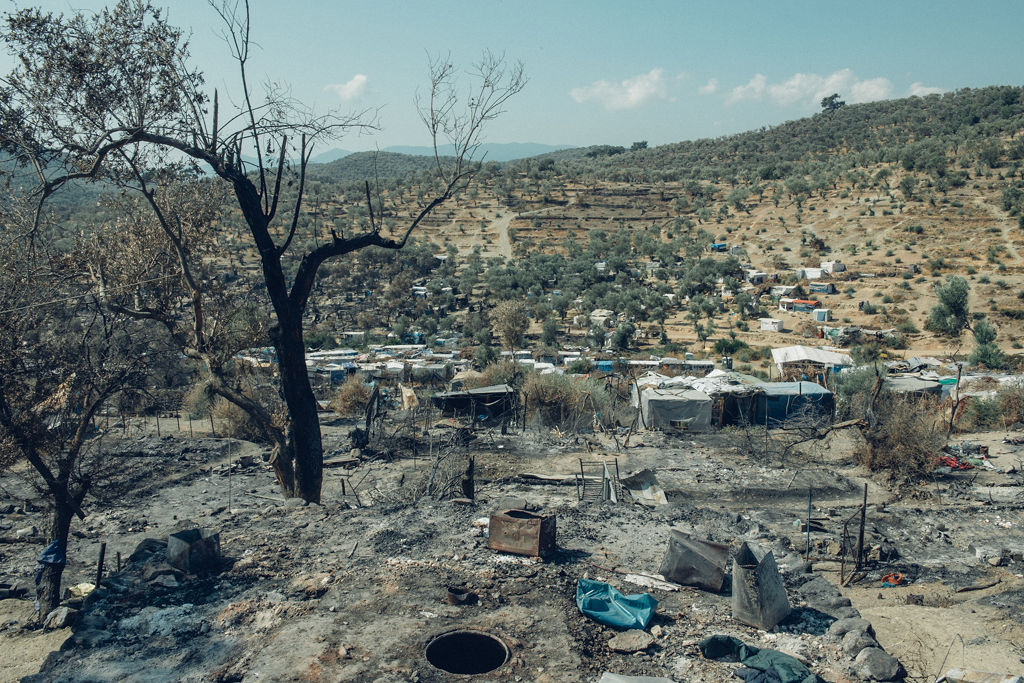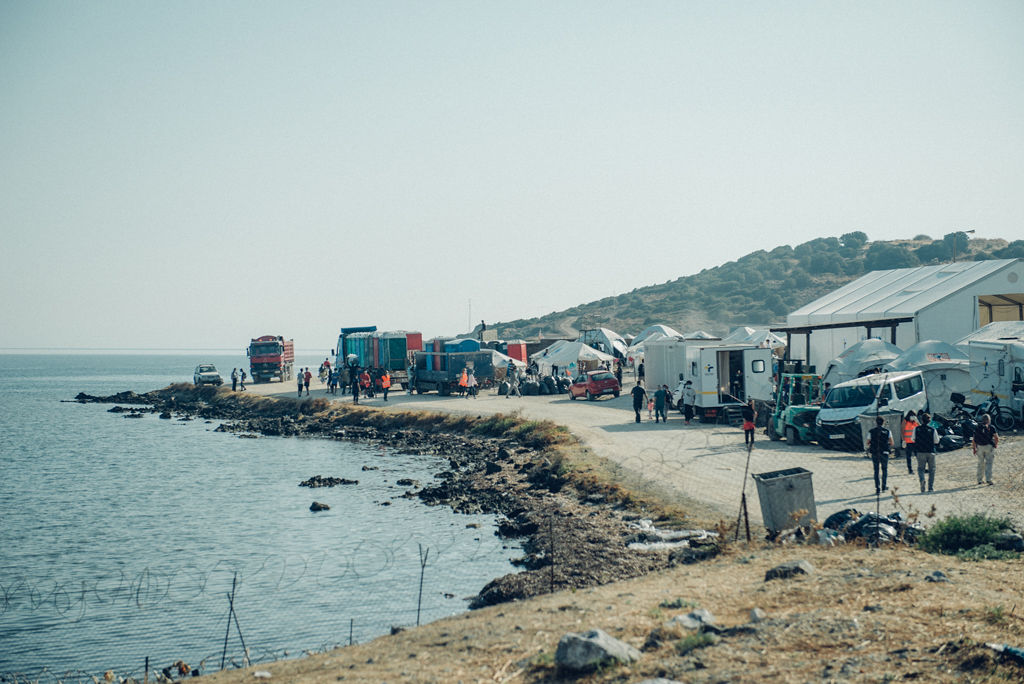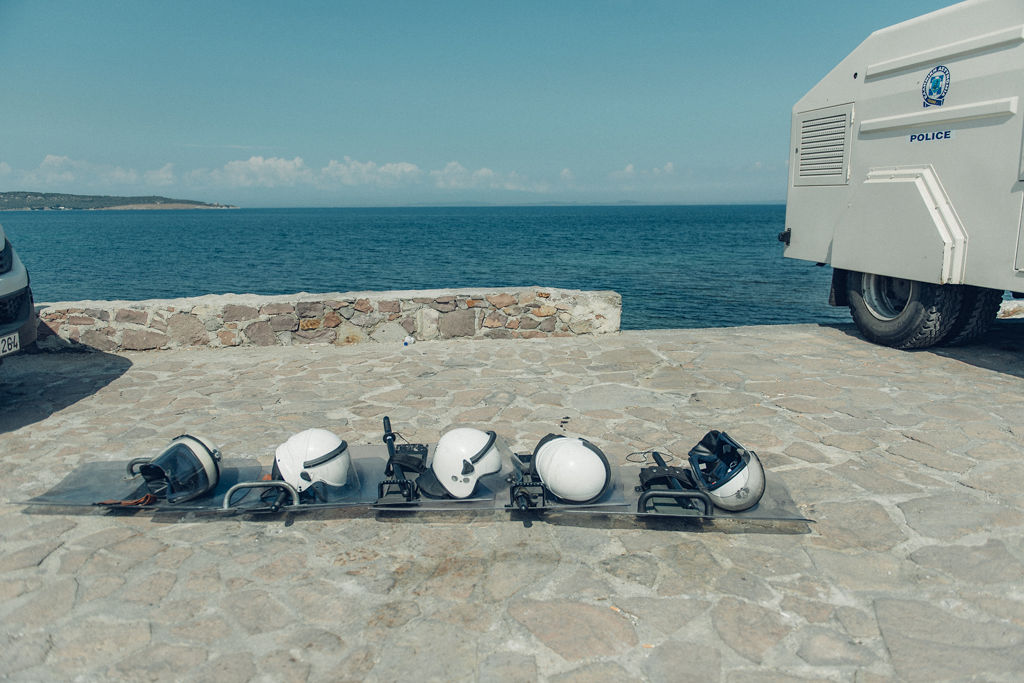Deep Pushbacks From Greece
New wave in Greece of extrajudicial deportations overland and at sea
March 2020 saw a series of nested crises break out between Aegean rivals Greece and Turkey with potential ramifications for European law and the refugee convention. So-called “states of exception” emerged on land and at sea where European laws were suspended or where allegations of wholesale violations of fundamental rights emerged.
Greece responded to Turkey opening the border to asylum seekers by suspending access to asylum and channeling new arrivals into two hastily erected detention camps. Simultaneously, reports emerged of disturbing maritime pushbacks using the new tactic of dumping people into life rafts and leaving them adrift in the Aegean. On the outskirts of Greece’s second city, Thessaloniki, humanitarian groups began to notice asylum seekers at the camp of Diavata were disappearing. Greek authorities spoke of a new policy of “aggressive surveillance” but either declined to comment or denied all pushback reports.
METHODS
Lighthouse received compelling evidence of asylum seekers being “disappeared” from camps deep inside the country. The challenge with historical pushbacks incidents has been the absence of supporting evidence beyond their own testimony as to the circumstances of their expulsion. Documenting individuals’ movements and proving their past presence in EU countries requires an unbroken chain of evidence and a timeline of their entry and expulsion from a country.
Greece, as well as other EU frontier states such as Croatia, has long been dogged by accusations of push-backs. Respected human rights groups have collected dossiers of witness testimony which typically allege that phones have been confiscated during such operations. However, in the absence of corroborating evidence that these devices might provide, these accusations have largely been ignored.
Working with a team of reporters in Istanbul and environs, the Greek islands, Athens and Thessaloniki we were able to piece together visual evidence of multiple cases of pushbacks with individuals who could evidence their stays in Greece, their asylum application process and their current location in Turkey.
On the islands we were able to isolate time-stamped and digitally corroborated evidence of a group of asylum seekers who had reached Samos before being detained and being transferred back to the open sea in a liferaft. All images were geo-located and a painstaking record of the methodology was kept.
In the detention camps, where access was denied to journalists and travel restrictions were in place under the Covid lockdown we were able to use open source techniques to locate social media activity and reach out to detainees.
STORYLINES
Asylum seekers staying in Greece were being forcibly transferred across the border into Turkey by Greek authorities. Recent arrivals in Thessaloniki had taken to photographing themselves near famous landmarks and posting the results on Facebook to keep a digital record of their presence. Witnesses described white vans that kept returning to the camp at Divata, where young men and women were being detained. Worse followed as the detainees were transported to the Evros river, beaten, according to multiple testimonies and forced back across the river into Turkey
The investigation published in five languages on Deutsche Welle, in Trouw established the practice of deep pushbacks. We were able to locate young men in Turkey and verify that they had been forcibly returned after previously being in Greece. Their accounts, all given separately, establish a clear pattern: male, under 30 and traveling by themselves. Most of them are from Afghanistan, some of them are from Pakistan and North Africa. They were either arrested in the Greek camp of Diavata or picked up seemingly at random by local police near the camp.
At sea in the Aegean, the reports of incidents led to the most detailed reconstruction on record of a maritime pushback, published via Bellingcat (with a submission to the European Court of Human Rights to follow).
According to the European Convention of Human Rights: “Push-backs are a set of state measures by which refugees and migrants are forced back over a border – generally immediately after they crossed it – without consideration of their individual circumstances and without any possibility to apply for asylum or to put forward arguments against the measures taken. Push-backs violate – among other laws – the prohibition of collective expulsions stipulated in the European Convention on Human Rights.”
To keep up to date with Lighthouse investigations sign up for our monthly newsletter
The Impact
Our investigations don’t end when we publish a story with media partners. Reaching big public audiences is an important step but these investigations have an after life which we both track and take part in. Our work can lead to swift results from court cases to resignations, it can also have a slow-burn impact from public campaigns to political debates or community actions. Where appropriate we want to be part of the conversations that investigative journalism contributes to and to make a difference on the topics we cover. Check back here in the coming months for an update on how this work is having an impact.




